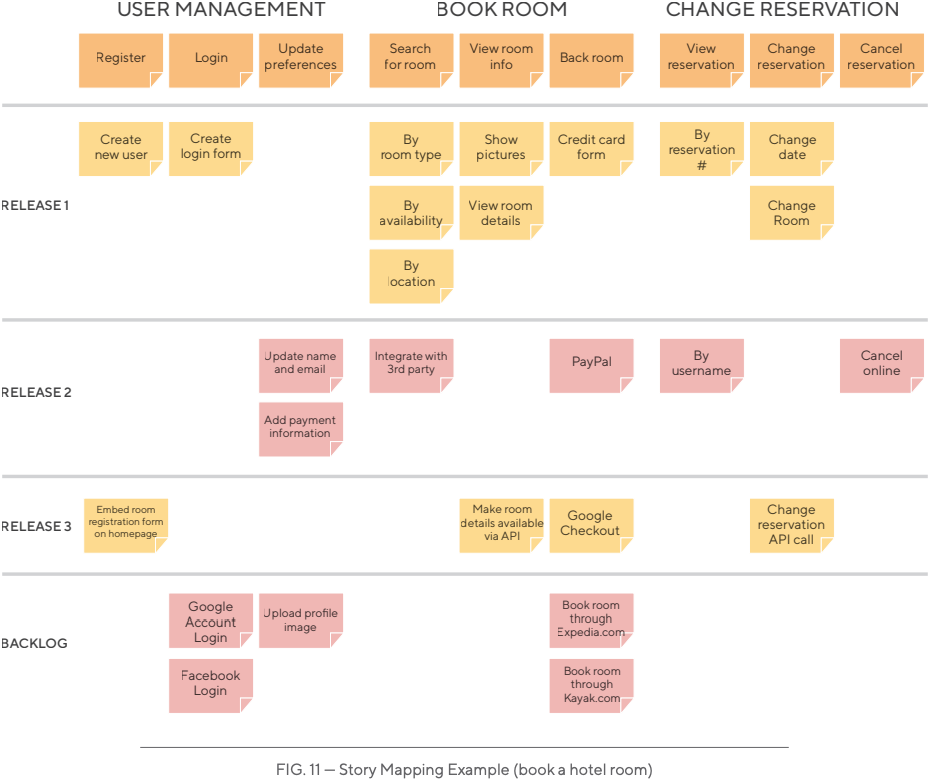Value versus Complexity
With the Value vs Complexity model, you evaluate every opportunity based on its business value and relative complexity to implement.
Initiatives that have the highest value and the lowest effort will be the low-hanging fruit for your roadmap.

Weighted Scoring
Weighted Scoring starts with Value versus Complexity model, but layers in scoring to achieve an objective result. The result – a scoring card to rank our initiatives and features against benefit and cost categories.
We can customise the inputs that go into a product decision. Ultimately a scoring model can help the team have an objective conversation rather than a having a room full of opinions!

Kano Model

With Kano, we look at potential features on a scale of how much “delight” they would provide customers versus the investment required to improve a feature.
Basic features are those needed to sell your product. These “threshold” features are required – but continuing to invest in them may not improve customer delight dramatically.
Performance related features give you a proportionate increase in customer satisfaction as you invest in them.
Excitement features will yield a disproportionate increase in customer delight.
Opportunity Scoring

Opportunity Scoring is a type of Gap Analysis that comes from Outcome-Driven Innovation. We measure and rank opportunities based on their importance versus customer satisfaction.
We ask customers to score the importance of each feature and then also score how satisfied they are currently with that feature.
The opportunities are those features that are highly important yet customers gave a low satisfaction score.
Our Opportunity Scoring model gives us innovation ideas by evaluating our competitors and our current customer’s relative satisfaction with features.
Affinity Grouping
Affinity Grouping can be used to help categorise our product development efforts. Everyone brainstorms together and writes opportunities on sticky notes.
As a team, begin to group similar items together, name the groups.
Finally everyone ranks the groups in order of importance.

Story Mapping
Story Mapping is a great way to document the MVP by organising and prioritising user stories.
Create task-oriented story cards then group them into a workflow.
Arrange the cards in priority order for each group.
Finally draw a line across all the stories to divide them into releases/sprints.
